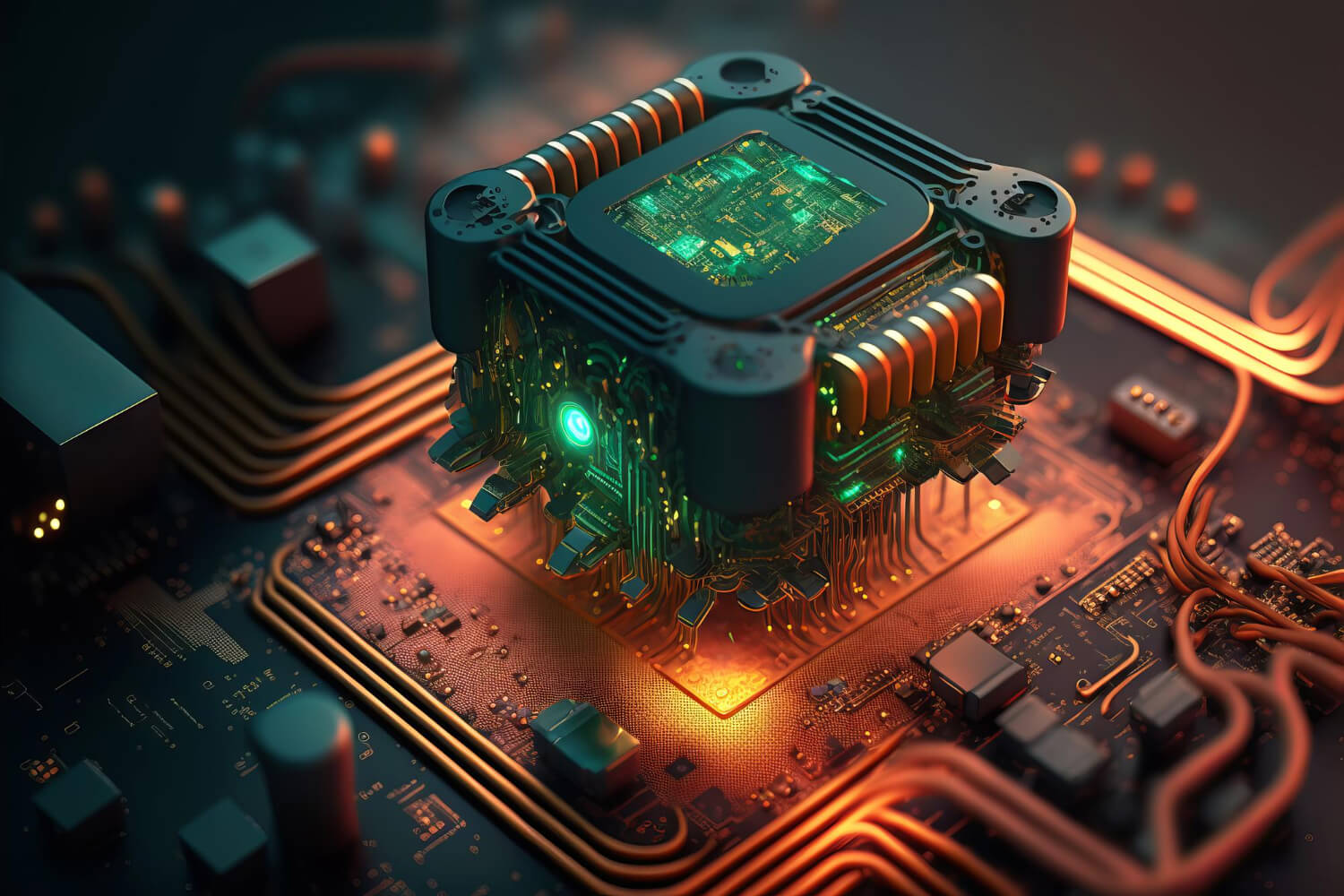VLSI is one of the most popular technologies for developing integrated circuits (IC), components, and microchip processors. It was initially intended to enable microchips with a few hundred thousand transistor gates, but as of 2022, that number has increased to several billion.
Although the microchip has become smaller over time, it still has the ability to accommodate a staggering number of transistors, and all of these transistors are impressively integrated and embedded inside it.
The first one-megabyte RAM chip had more than a million transistors and was constructed using VLSI design concepts. The development of electrical gadgets and technology led to the creation of VLSI. The process made it possible to produce all of the components for complicated designs onto a single chip, meeting burgeoning demand. Whether at home or the office, just about everyone utilizes a computer these days. Especially in the corporate sphere, computers are incredibly important to us. However, very few individuals truly comprehend how computers operate.
How is it possible for a computer to carry out the orders you enter? The answer here is the computer’s microprocessor. Nevertheless, it involves more than simply computers and this blog intends to explore VLSI microprocessors in detail.
What is a VLSI Microprocessor?
- The most significant component of a computer system is a VLSI microprocessor, which is in charge of processing a particular set of commands and procedures.
- A microprocessor is made to carry out logical and computational processes using common operations like addition and subtraction, communication between operations and devices, input/output management, etc. The number of transistors in an integrated circuit, which makes up a microprocessor, relies on the relative computing capability of the device. In general, the number of instructions a microprocessor can perform in a given amount of time, the number of bits utilized per instruction, and the clock speed in megahertz are used to classify them.
- A microprocessor takes binary data as input, processes it, and then outputs the results in accordance with the instructions saved in the memory. The microprocessor’s ALU (arithmetical and logical unit), control unit, and register array are used to process the data. Through a collection of registers that serve as temporary rapid access memory locations, the register array processes the data. The control unit oversees the movement of information and instructions through the system.
- CPUs were formerly very large. The 1960s saw the first attempts by designers to incorporate CPU features onto microprocessor devices. The home computer came about as a result of the microprocessor’s effective evolution. Our computers’ ability to do tasks like text editing, multimedia display, computing, and Internet connectivity is thanks to general-purpose microprocessors. VLSI microprocessors have been essential to the development of daily electronics, including appliances, cellphones, and more, owing to how quick, compact, and energy-efficient they are. Since the microprocessor essentially altered the course of history, it is important to comprehend what it is and how it works.
Uncertain about finding the best VLSI course in Bangalore? Being the VLSI Training Institute in Bangalore, Chipedge brings forth an assortment of VLSI online course with certificate. So, if you’re looking for a VLSI online course with a certificate Chipedge is the answer. Get in touch with Chipedge now!













